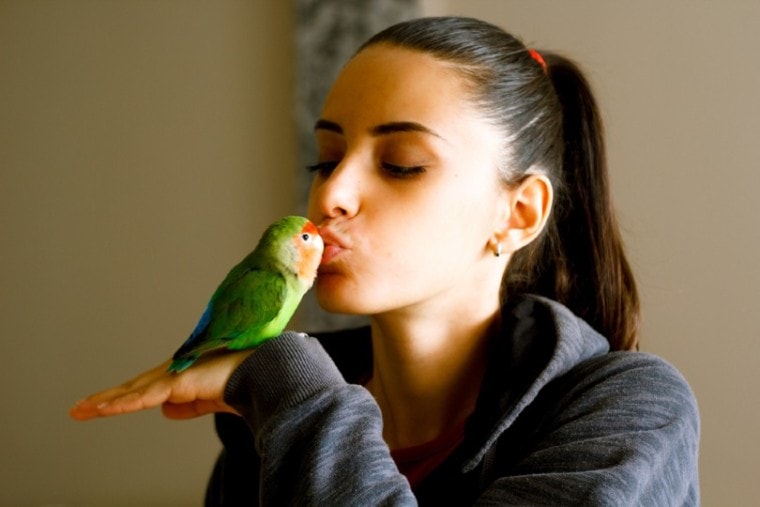
Click to Skip Ahead
There has to be a way for bird lovers to celebrate the incredible species of birds worldwide. And exactly how do they do this? On January 5th every year, anyone who is an avid bird lover celebrates National Bird Day, spreading awareness and education about these feathered creatures that are taken from the wild for the pet trade.
In this article, we will discuss what exactly National Bird Day is and how you can celebrate it this upcoming season.
About National Bird Day
National Bird Day is celebrated on January 5th every year to raise awareness of the bird pet trade. Birds play such an important role all over the world, and their numbers in the wild are declining drastically.
National Bird Day aims to educate the masses on the importance of these feathery friends and the welfare of birds in the pet trade and under human care. Depending on the kind of bird lover you are, folks choose to celebrate this day differently and come together on social media to form a community and share how they have enjoyed the day or raised awareness.
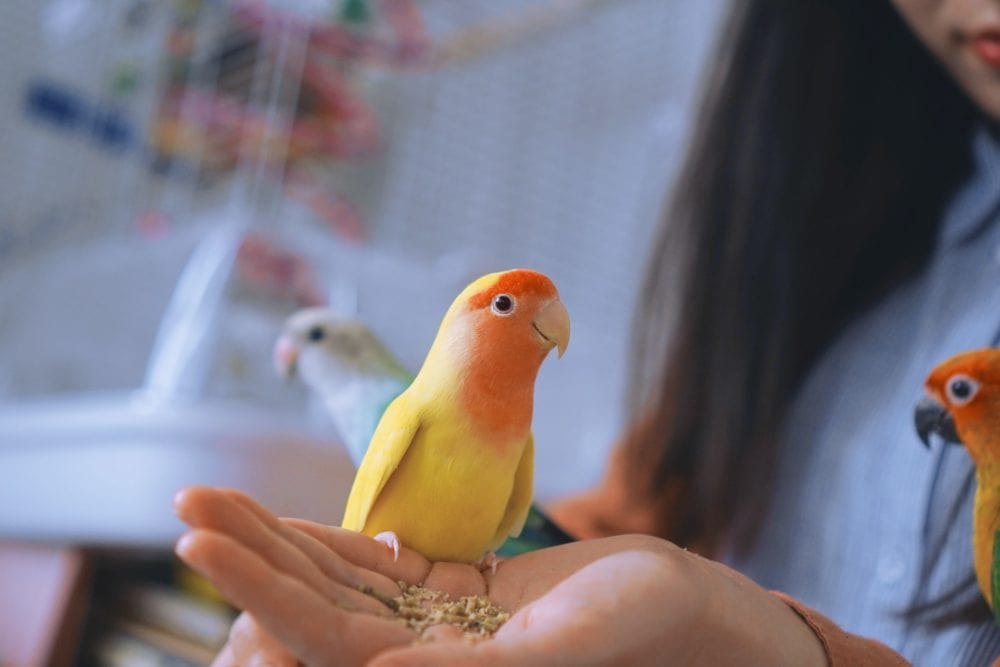
The Establishment of National Bird Day
National Bird Day was established in 2002 by the Avian Welfare Coalition. The entire aim was to create awareness for exotic birds that are taken from the wild or born into the pet trade as a result of breeding mills. Folks who enjoy avian species collaborate and contribute in various ways to educate others on the dangers for birds as a result of the pet trade and improve the welfare of those birds that are already under human care.
On social media, National Bird Day of 2023 was promoted using the hashtags: #NationalBirdDay, #CancelCages, and #MoreBeautifulWild .
Awareness During National Bird Day
The aim of National Bird Day is to reduce the suffering of birds in the pet trade. The pet trade is absolutely detrimental to the health and well-being of many bird species across the planet. This day aims to raise awareness and eliminate the cruel realities of breeding mills and bird transport.
There is tons of misinformation out there regarding birds as pets. Avian lovers aim to reduce the misinformation and spread facts about the realities of having a bird in the home and the effect it can have on the birds’ well-being. While birds are incredibly unique and make excellent companions, many feel that life for a pet bird is unfair and unnatural.
It is also a good way to brush up on your facts about the naturally occurring birds throughout the wild, why they’re so important, and how each is entirely unique in their natural habitat.
How to Celebrate National Bird Day
People celebrate National Bird Day in different ways, but the aim is the same. The idea is to show appreciation for all bird species and advocate accordingly.
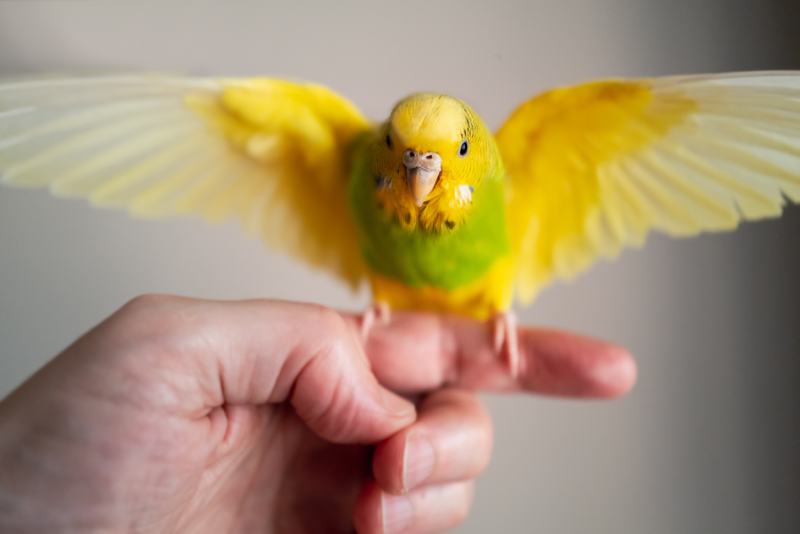
Go Birdwatching
Sure, it’s in January. Your usual local birds might not be around for this particular watching session, but that doesn’t mean there aren’t still lovely birds in your area.
Go out and hear the sounds of nature and enjoy watching the birds in the sky. You can even gather up a few friends and make it a fantastic adventure for friends.
Feed the Birds
If winter is heavy where you are, birds are going to be hungry! Take some time out to get a high-quality bird seed to disperse on the ground. Your local birds will very much appreciate having a little feast.
Make sure to use high-quality bird seeds and fresh fruits and veggies. Steer completely clear of bread and other processed foods. These types of edibles actually do more harm than good.
Do Activities with Your Kids
What kid doesn’t love creating their latest masterpiece or doing a fun activity with their parents? Take this as an opportunity to teach your children something new about birds and let them create some type of art based on what they learned.
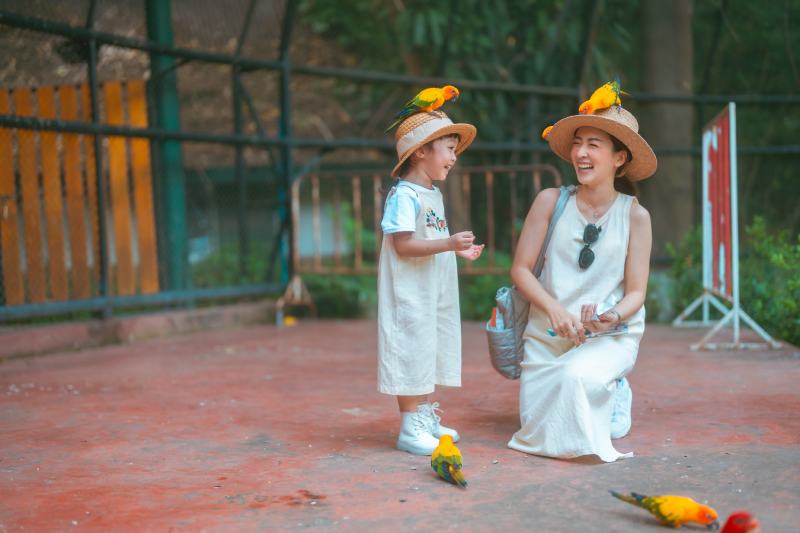
Donate to a Foundation of Your Choice
If you have a favorite foundation that advocates for birds? If so, consider giving them a donation at this time. Many nonprofits could really use the support of others when they have the means to do it.
If you need help deciding which foundation to donate to, take a little time this season to explore the different foundations and how they contribute to bird conservation.
Brush Up on Bird Knowledge
You can never learn enough about birds. Take this opportunity to brush up on some facts about birds you love or learn something new. There are over 18,000 bird species worldwide. You’re sure to find out something interesting, perhaps about a bird you’ve never even heard of!
Spread Facts
If you have access to social media, make posts with statistical information available to share with family and friends about the illegal bird trade and ways to improve the well-being of birds currently under human care. The more knowledge that is passed around, the better off our pet birds will be.
Hopefully, the number of birds in the pet trade will decrease throughout the years if enough people band together to advocate for these beautiful creatures.

Adopt a Bird
Birds in the pet trade are certainly a problem. However, if you have an expansive territory to work with, you can adopt certain birds and give them an appropriate environment to live out their years.
Often birds that have been under human care cannot be reintegrated into the wild, so they need a sustainable environment to help them thrive in the given circumstances. With all of the homeless birds per year, it would be quite easy to locate one and give them a good life.
However, we greatly implore you to educate yourself explicitly on the type of bird you’re getting and the environment they require. It would be best if you always had an aviary available so they can naturally explore their surroundings without being confined to a small cage in the home.
Before making this choice, meeting with counselors and other professionals is important to ensure you have what it takes to do your part.
Birds in a Cage: Why Is It Bad?
Most of us were raised with birds in cages being commonplace and normal. However, if you think about the natural purpose of a bird, keeping them in a cage goes against everything they are designed to do. If a bird is locked in a cage and unable to fly, which is its most fundamental purpose, it can cause a whirlwind of health problems.
Not only can it lead to issues like neuroticism and feather plucking, but it can also significantly decrease their lifespan and cause major issues like depression.
Sticking a bird in a cage takes away its most basic instincts and forces them into a life of confinement. When you have a pet bird, you must routinely clip their wings to prevent them from flying and exploring nature. If you think about how this could impact any bird, you can easily see how many people perceive this as cruel to the birds.
The Controversial Bird Trade
The bird trade is very controversial and the reason why National Bird Day was created. Any bird professional will tell you that even birds that are bred under human care are not truly domesticated. These exotic animals are wild at heart and never truly fit into a life of confinement. However, that doesn’t stop the trade industry from exploiting these poor creatures.
And it’s really no wonder. The illegal animal trade is a highly profitable $10 billion industry. Greed propels this industry, putting millions of birds at risk of premature death, taking them away from their natural habitat, and forcing them into the pet trade.
This trade puts a price on the most prized bird possessions, making rare and exotic species even more at risk than others. This leads to the exploitation and reduction of endangered bird populations. It can contribute significantly to the diminishing, and even extinction, of many species.
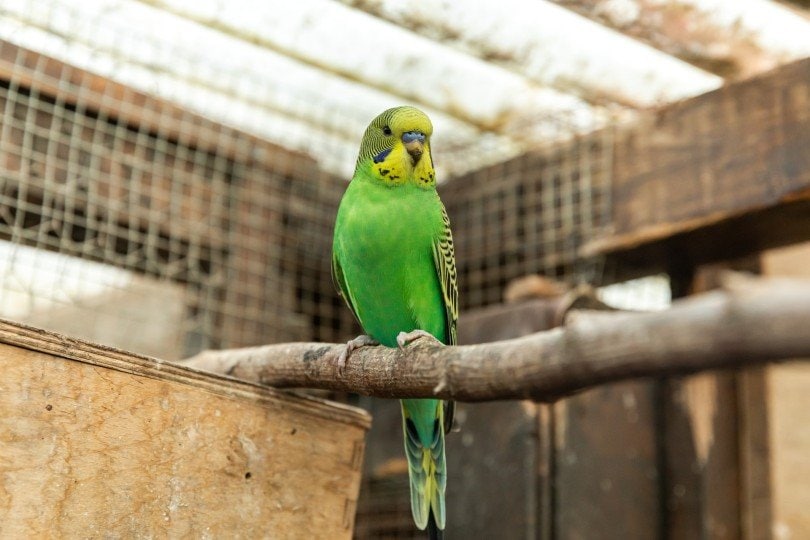
Bird Transport
Millions of wild birds that are illegally smuggled into pet trades were collected for fighting purposes. These birds are often kept in confined spaces, including cylinders where they can’t move for long hours at a time.
During transport, thousands of these birds will die before ever arriving at their destination.
Pet Birds
There is so much misinformation about owning a pet bird which causes homelessness, abuse, and neglect. It can also harm a bird’s mental and physical well-being.
Once a bird becomes a pet, they often get passed from home to home and sometimes find themselves in abusive situations. Many captive birds live incredibly long lifespans, which owners do not understand before committing to the animal.
Homelessness in Exotic Birds
Homelessness is an absolute epidemic among wild birds. Once they are put under human care or bred under human care, they enter the pet industry, where prospective owners purchase them. Often, owners do not have the education or resources to ensure they are a good fit for the bird and the bird is a good fit in their home.
This leads to rehoming, which can psychologically affect the bird. Shelters and rescues find themselves flooded with avian species that require new placement. Thousands of birds are displaced every year as caretakers are no longer available to give them the care they require.
Many parrots and other bird species are rescued due to unsanitary, neglectful, or abusive conditions in the home. The bottom line is there are too many pet birds and not enough suitable homes to go around.
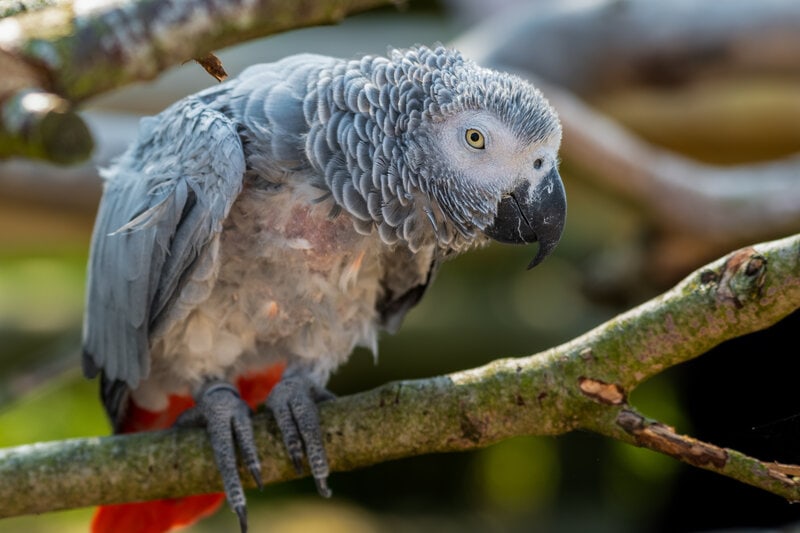
Alarming Avian Species Statistics
Exotic birds rank as the fourth most popular pet in the United States, following dogs, cats, and freshwater fish. Between 10 million and 16 million birds are kept as pets in the United States alone.
There is a need to rehome between 400,000 and 500,000 birds annually. However, the numbers could be as high as 830,000. Currently, there is no statistical information to show the number of birds being euthanized in veterinary offices or shelters, but it is likely a high number.
Fun Bird Facts
Here are some quick facts about birds you might have yet to learn.
1. Birds are the only mammals with feathers.
It might be commonplace to know that birds lay eggs. But what you might not know is that birds are the only animals that have feathers. This is what distinguishes them from many other animals. Even flightless birds like penguins and emus have feathers.
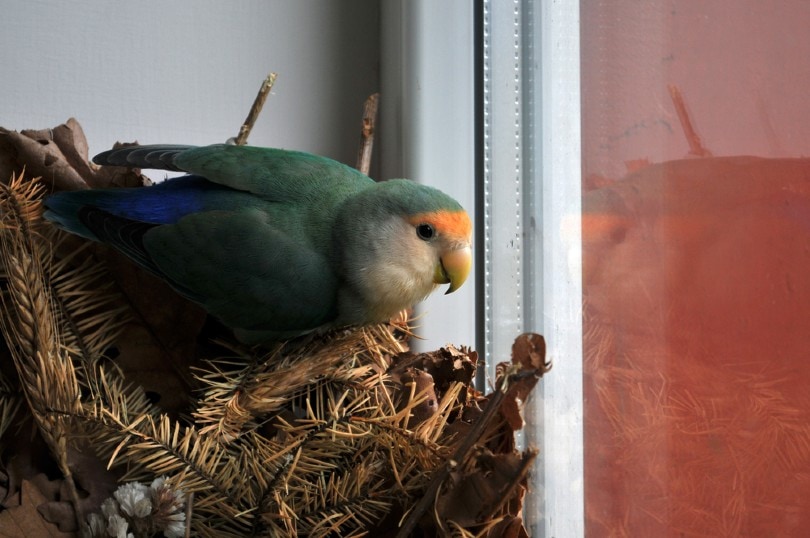
2. Not all birds fly.
As we mentioned in the fact above, not all birds fly. Examples include penguins, cassowaries, rheas, emus, kākāpōs, moas, ostriches, wekas, and grebes, among others.
3. Bird poop makes a fabulous fertilizer.
Bird poop spreads nutrients far and wide. Sea birds are especially good at spreading out nutrients, even though all birds contribute.
4. Many bird species have gone extinct.
Sadly because of natural selection and industrialization, several bird species have gone extinct completely. It is estimated that by the year 1500, hundreds of bird species have become extinct.
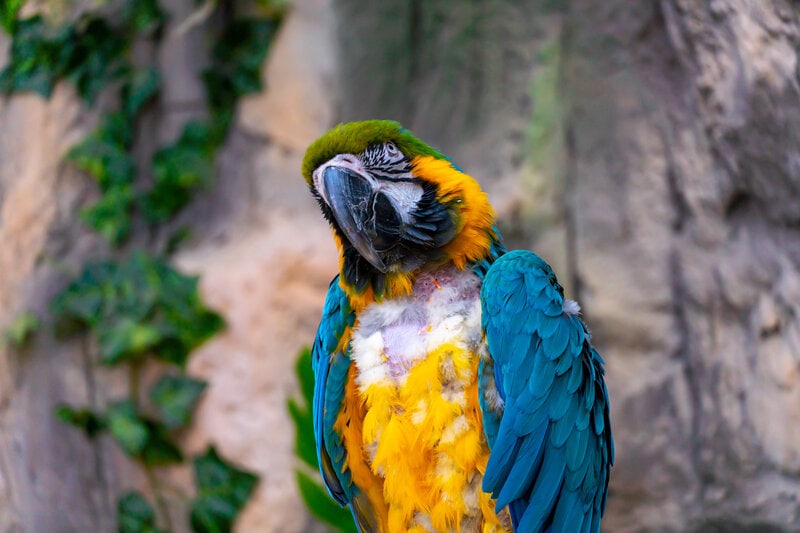
5. Birds live on every continent in the entire world.
Impressively, birds live on every single continent of the world, including Antarctica. Each bird lives in particular conditions, and many bird species migrate.
6. Many birds can mimic human language.
Two specific categories of birds can learn to mimic human language. These are songbirds and parrots. However, crows and ravens can mimic some human language as well.
7. An ostrich has the largest eyes of all land mammals.
Something incredible about an ostrich is that they have eyes that are bigger than their own brain! They have the biggest eyes of any land animal, five times bigger than humans.
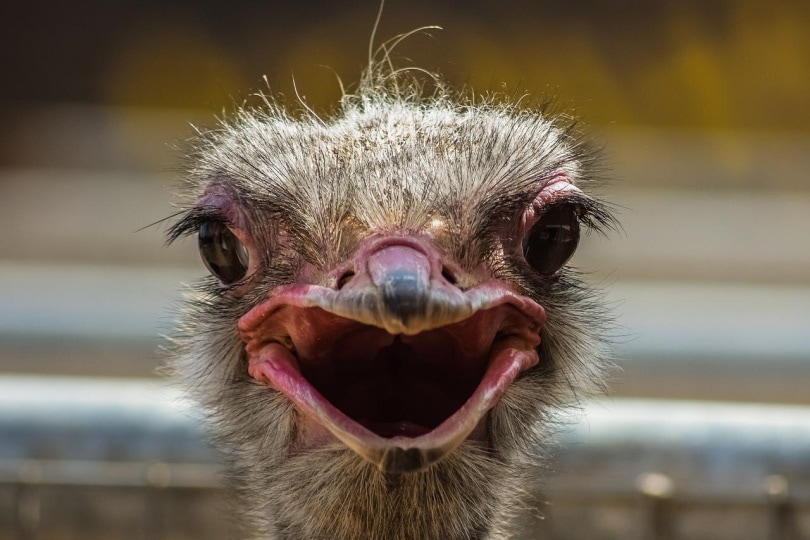
8. The peregrine falcon is the fastest bird in the world.
The peregrine falcon is known for being the fastest bird in the world, reaching more than 186 mph during flight.
9. Many birds are monogamous.
Most birds are not monogamous in a traditional sense. However, over 92% of all bird species stay together for an entire nesting cycle, raising their children together. Other species, like the mourning dove, mate for life.
10. Birds are vital to the planet.
Birds are essential to ecosystems and play several roles in the environment. They act as predators, scavengers, seed dispersers, seed eaters, pollinators, and engineers!
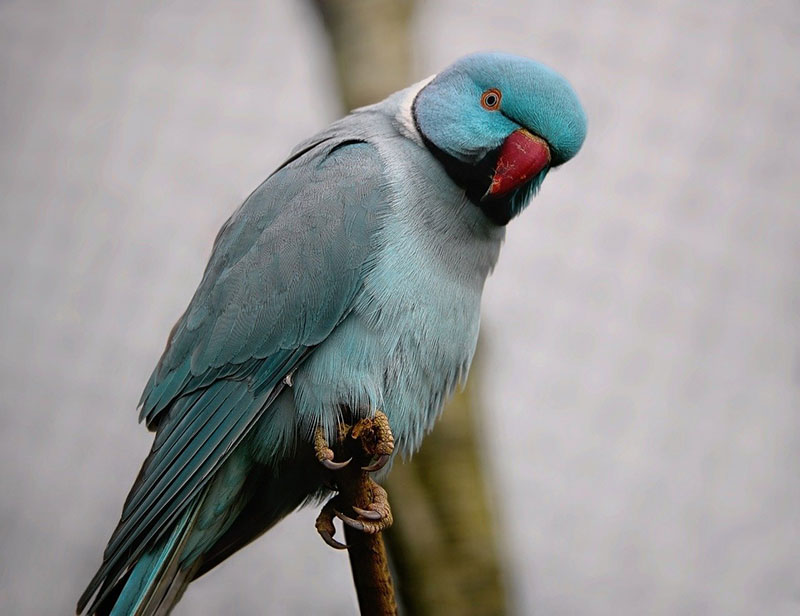
Conclusion
The main belief behind the creation of National Bird Day is that, contrary to popularity, birds should not be pets! The transport and distribution of exotic avian species in the pet trade does much more harm than good to the birds and the environment, according to the Avian Welfare Coalition.
Most folks don’t have the education or resources to care for birds properly, leading to many of them becoming unhealthy or even homeless. You can always try rescuing a homeless bird and providing it with the most natural, expansive environment you can give them, but raising awareness about the illegal bird trade is one of the best ways to protect wild birds.
Featured Image Credit: Dusan Stevic, Shutterstock









